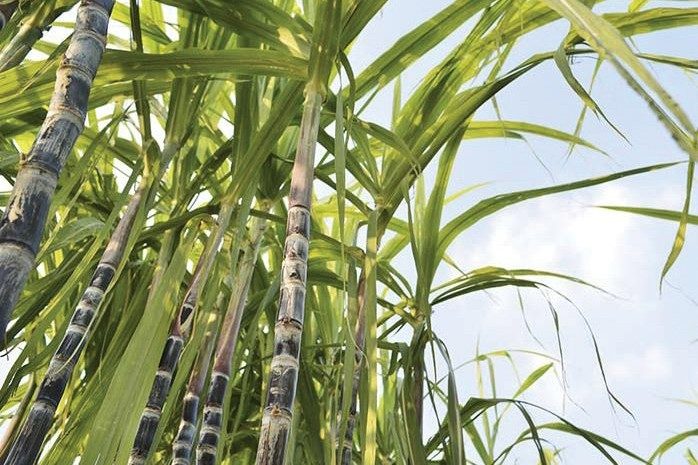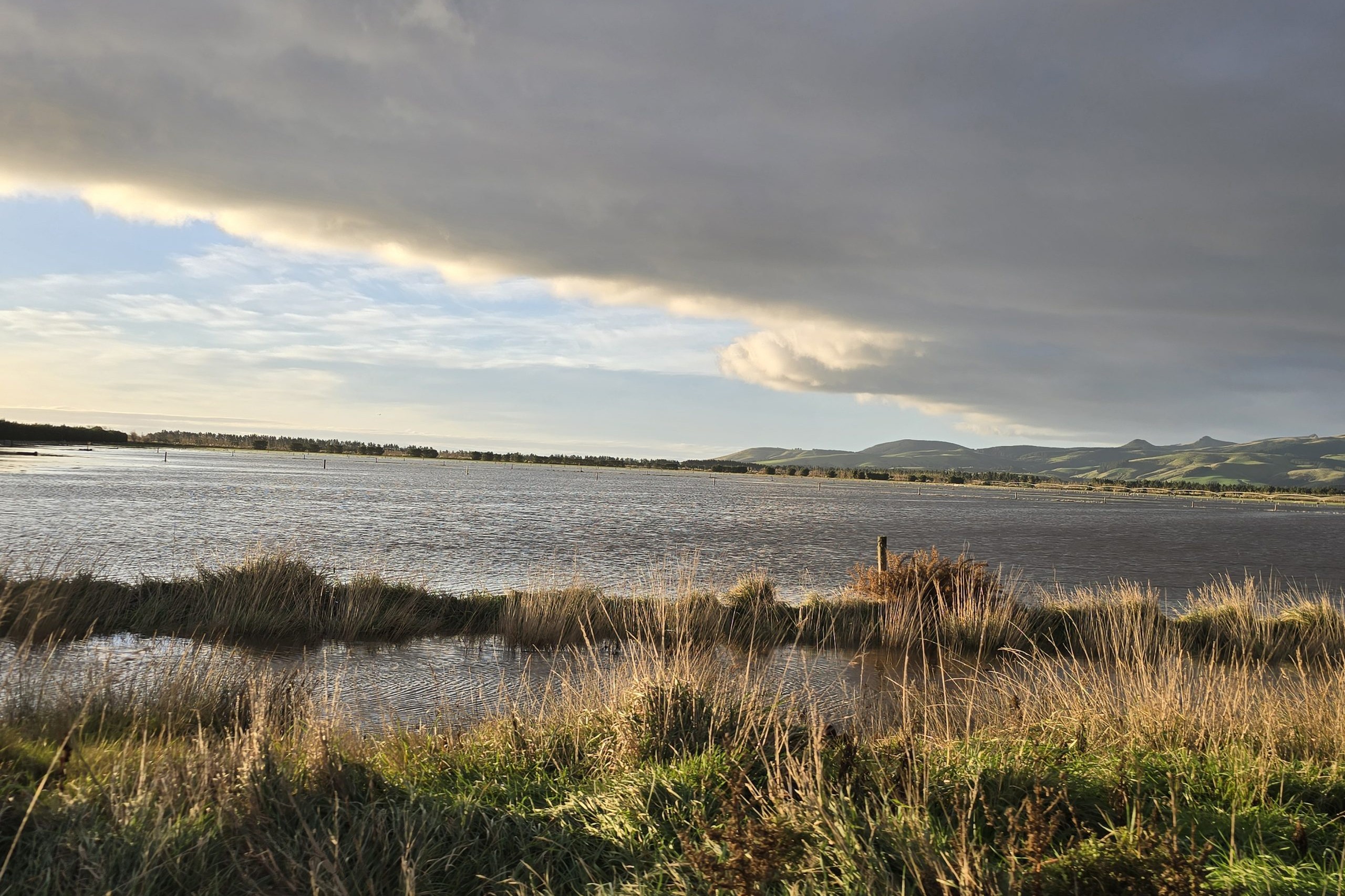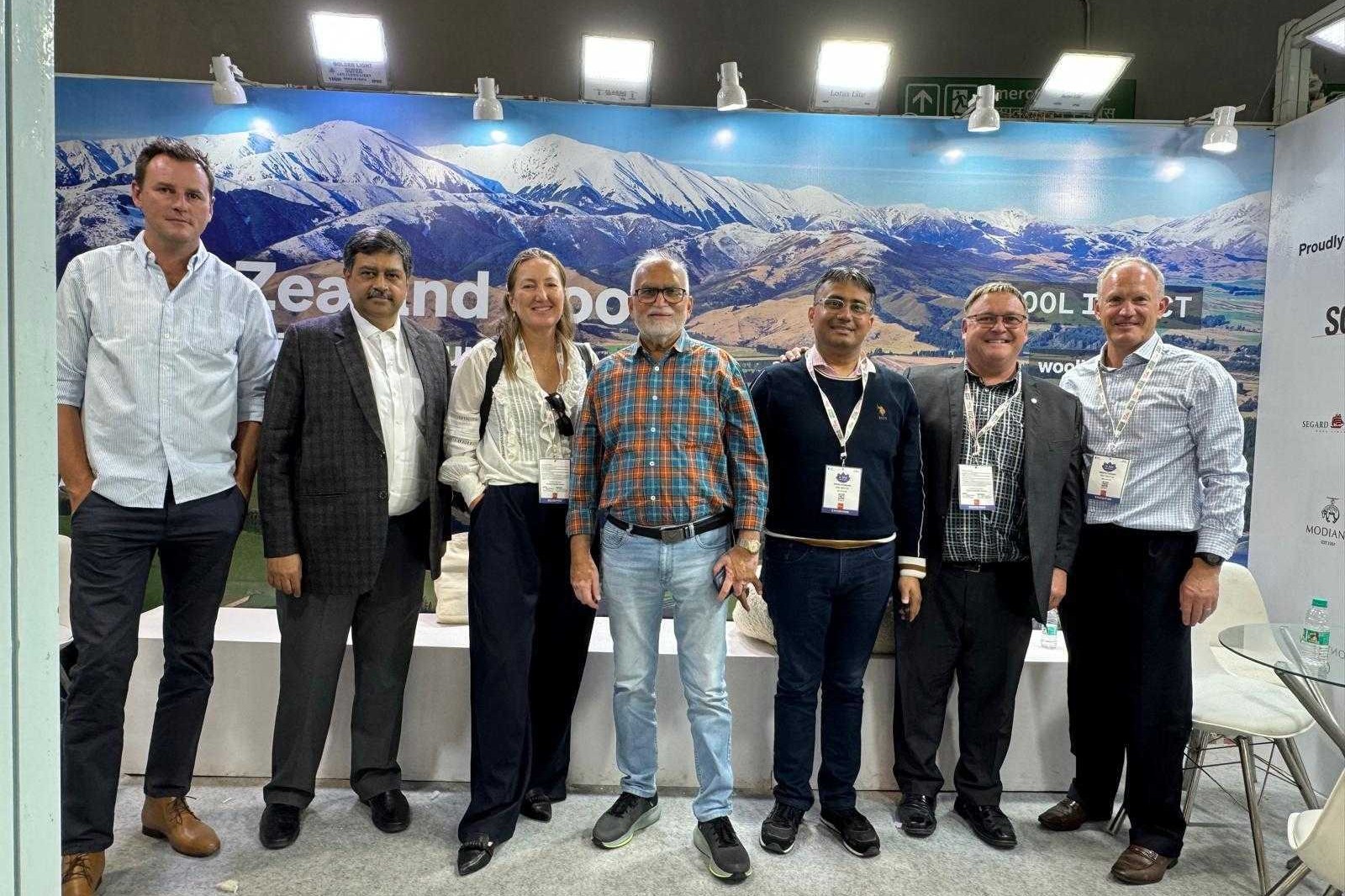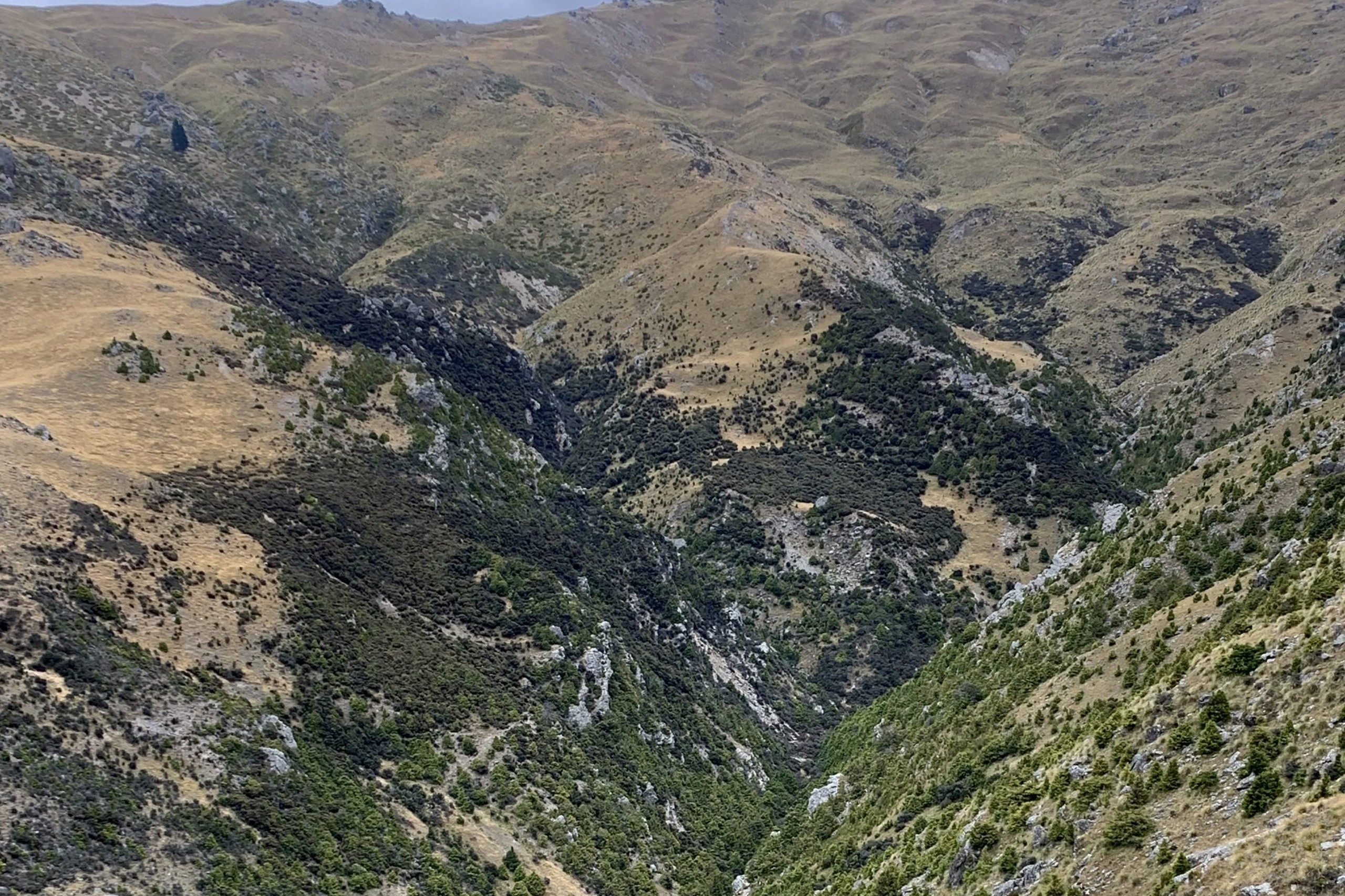There’s a lot of sugar in Brazil
Post Lincoln University, Joanna Hoogenboom has moved to Cromwell, after she completed a study tour to Brazil.

 Wow, time has gone fast. Three years of fun, new friends, challenges and hard work at Lincoln University are now over after completing my studies in a Bachelor of Environmental Management.
Wow, time has gone fast. Three years of fun, new friends, challenges and hard work at Lincoln University are now over after completing my studies in a Bachelor of Environmental Management.
I was fortunate enough to be able to complete my degree whilst overseas in Brazil on the Prime Ministers Agribusiness Scholarship.
The scholarship was a once-in-a-lifetime opportunity for a small-town girl from Waipukurau who had only been as far as Brisbane, Australia. It was a surreal experience to embark on a 12-hour flight to the United States followed by 10 hours down to Sao Paulo, Brazil, for a six week study tour. I was so excited I didn’t even notice the jetlag.
The trip offered a great range of insight into Brazil’s food and fibre sector and the opportunities New Zealand can create through import and export with Brazil.
It was intriguing to see the diversity in scale and technology from one farm to the next when compared to NZ’s dairy production. For example, a research Dairy farm in Curitiba milked 130 cows using robotic milking, and the cows were housed in a composting barn system, requiring very few staff.
In contrast, another dairy farm we visited milked 17 cows using a portable milking machine, milking one cow at a time. Once the 45-litre bucket was full it was then carted up the hill in a wheelbarrow and poured into the refrigerated vat.
Both farms were very different in size and showed how the integration of technology can be vital to increase efficiency and rely less on labour.
The smaller operation provided some entertainment as the farmer had bare feet on the farm and while milking the cows. We watched the multiple near misses of the farmer’s feet and the Holstein Friesian getting too close for comfort. Not once was he worried about getting a broken foot. However, I think I’ll stick to wearing my Red Bands.
One of Brazil’s largest exports is sugar from sugar cane. I had never thought about where my sugar came from, this quickly changed once we got off the plane and were driving from Sao Paulo to Piracicaba. Both sides of the highway were planted in sugar cane nearly the whole way to Piracicaba, a two-hour drive. It changed my whole perspective on how important this industry is to Brazil.
We visited CTC, a sugar cane technology centre focused on increasing productivity and creating new varieties by genetic modification, and other genetic improvements. It was interesting to gain their perspective on GMO and how vital it is to ensure the industry can adapt to climate change and diseases to continue sugar cane production in Brazil.
Sugar cane is not only essential for the export of raw sugar but is a source of green fuel in the form of ethanol, an alternative to petrol, and is an approach to help lower GHG emissions.
It was exciting to see so much innovation within the food and fibre sector.
Koppert, a company working towards achieving 100% sustainable agriculture was one of my highlights. They provided farmers with natural alternatives to disease control, boosting pollination, plant growth promotion and crop resilience.
The trip gave me a perspective of what the food and fibre sector looks like in other countries, and how they adapt to challenges within the industry. Travelling to Brazil has enabled me to gain a snippet of looking at NZ from the ‘outside in’ and how we can respond to change and continue to grow our industry.
After returning home and spending some down time in the Hawke’s Bay, I moved even further south to Central Otago where I have recently started working at Landpro in Cromwell as a graduate farm environmental consultant/planner.




